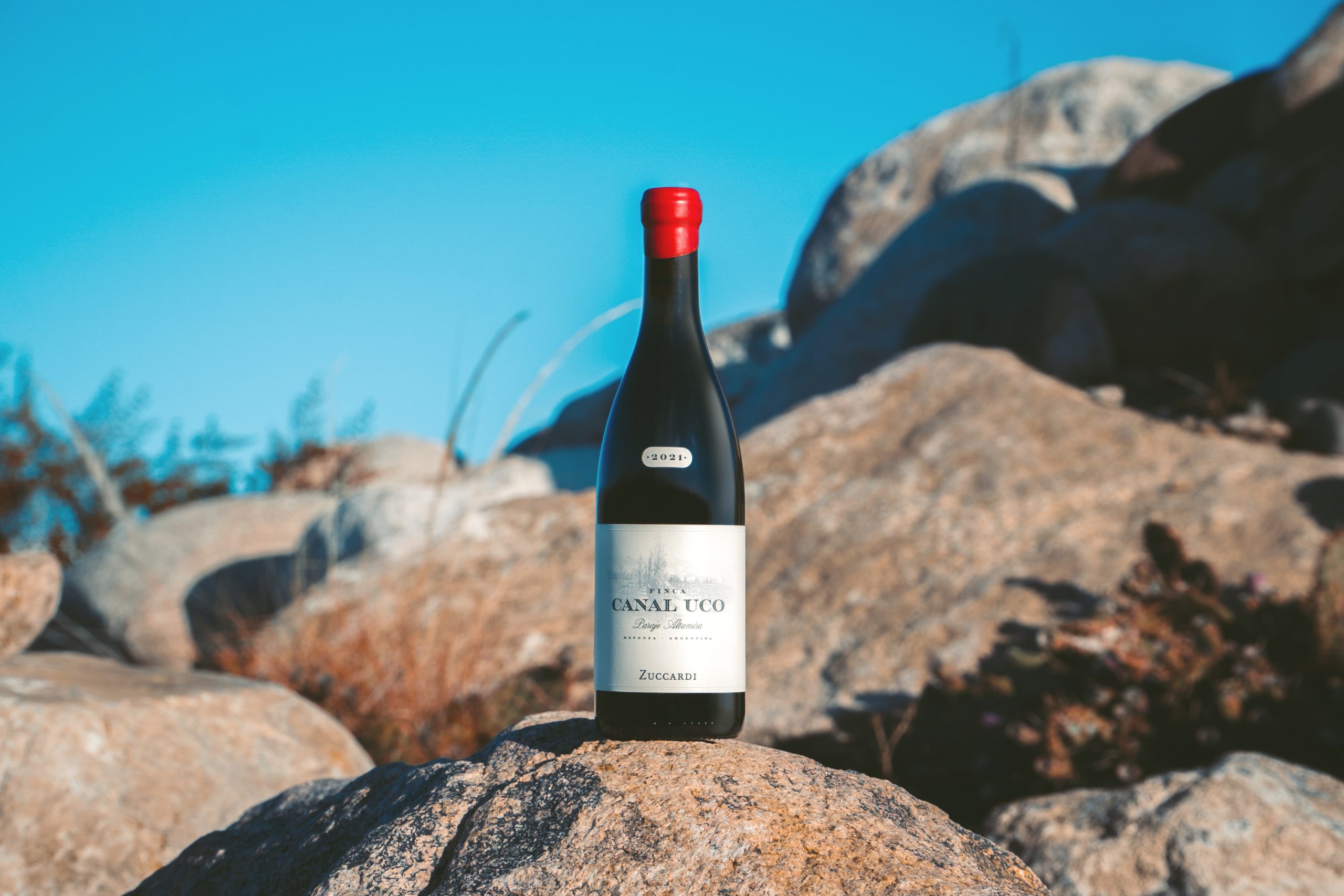Scientists have found a way to detect wildfire tainted wine grapes
Wildfires have ravaged California’s wine country this month — damaging dozens of the state’s crops — but researchers may have found a powerful tool that could help to limit their future impact.
Researchers from the University of British Columbia (UBC) have developed a new chemical test which can accurately measure the levels of damaging compounds grapes absorb when they are exposed to smoke.
The new technology could provide a lifeline for wineries in the US, where wildfires have become an increasingly frequent threat to the industry.
Grapes affected by smoke absorb and metabolise volatile phenols — aromatic chemical compounds — which can severely affect the taste of wine further down the production line.
“Until now, detecting these smoky compounds in grapes required fermenting a small sample over at least ten days and relying on subjective measures like taste and odour,” said Wesley Zandberg, assistant professor of chemistry at UBC.
Using a series of chemical tests with local vineyards in British Columbia’s Okanagan Valley wine region, Zandberg said that the researchers’ were able to not only isolate the metabolised volatile phenols, but also measure them to a high degree of accuracy.
Currently, growers must wait for up to two weeks to find out whether their grapes are fit for use, but the latest development could allow growers to see instant results, saving both time and money as crops no longer have to sit on the vine.
Partner Content
“We’ve developed a test that detects the exact amount of volatile phenols present in the grape. There’s no need to ferment them first and we get results within a matter of hours.”
By knowing precisely whether and by how much a particular crop has been impacted by smoke exposure, winemakers can make a better informed decision over whether the grapes should be used or abandoned altogether.
“By accurately and quickly measuring the presence of volatile phenols, we’re offering a much better tool to help vineyards and wineries manage the risk from smoke exposure,” Zandberg said.
On the other hand, many growers intentionally add volatile phenols to their wine by using smoked oak barrels in the ageing process Zandberg added that the chemical tests can also be applied to the grapes which have been fermented to measure phenol levels in the wine itself, allowing wineries to control the level of smokey flavour.
“This could be hugely beneficial in helping winemakers determine whether wines have enough smoky compounds to match their desired flavour profile after ageing in smoked barrels.”




